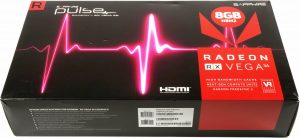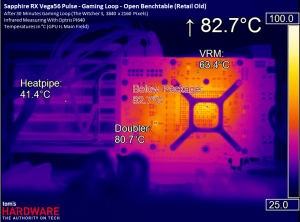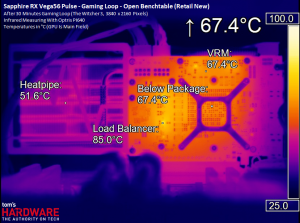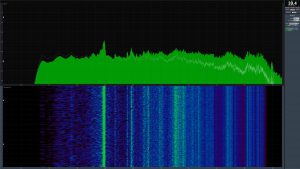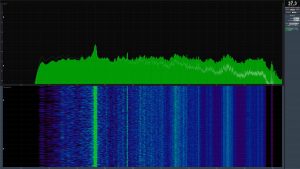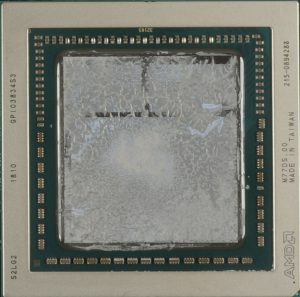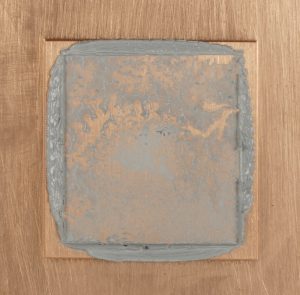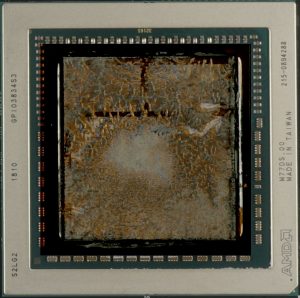There should be a graphics card review at this point, but it doesn't. Sure, you could have published it and pretended you didn't notice anything. Just like all those who had already tested this graphics card in rotation before me, this does not bring any further in the end. Not the reader, because he has to feel slickly awkward, not the editor, because he writes against a better conscience (but conveniently adheres to the article plan) and also the manufacturer, who in the specific case can actually do nothing for it, but first stands doof .
The entire industry relies on many delivered parts from other OEMs for such complex things as a graphics card, all of which are not so easy to check in detail during the ongoing process. So in the end it's a causal chain that I've put up to explain what can go wrong and why, as a layman, it's sometimes so hard. In advance, I would also like to thank Sapphire and their HQ, who have been diligently counter-testing. And yes, before I forget it: the seals were undamaged.
Specifically, today we are talking about a Sapphire RX Vega56 Pulse, but it could have been any other model from any manufacturer. As a tester who already had countless Vega cards in his hand, however, one quickly becomes suspicious, if then a little deviates from the experience picture and runs a tin threw louder, warmer and at the end also slower than one would expect. And if it's minimal, because she ran (first).
So is the pulses that could now be assumed to be just the low-cost slap-down of Nitro to save Sapphire the coal for the expensive vapor-chamber and a bigger PCB. But that would be far too short, because the test report that will follow later will also show that one can do without such a chamber, if the grips of the engineers only come in rotation properly. It's quite different, but I'm already wandering off and spoiling is nasty.
Symptoms
What exactly happened? Since I only slaughter the cards after I have completed all the benchmarks, I only noticed at the beginning that the card ran a little slower than a comparable card of a competitor under identical conditions. The acoustic underponewas also not quite to be discussed away, but also not so bad as that one could have tapped on a cost-down effect through a simpler cooler. Ergo is disappointed.
The customer will therefore surely think that the product is crap, if he had any comparison possibilities at all. Interestingly, the GPU temperatures were not so high (but those of the board under the package), but the fans already had a decent hip swing on it. On the left we see the tested map with flat foot and on the right the working counterpart:
Acoustically, the quite acceptable evening wind becomes a Siberian snowstorm, because also approx. 300 rpm more under maximum full load actually stand out. The Specs write from 1600 rpm maximum speeds according to BIOS. If you reach them in practice even after 5 minutes and only with simple gambles, you should definitely become suspicious! Fan profiles can be cruel, but also blackanded and plentiful 2 dB(A) are already a small acoustic galaxy.
Causes research: the map is disassembled
What's next? Right, the much-loved battle festival! In fairness, I broke the benchmarks and carefully disassembled the map. The following picture shows the package with interposer, CPU and HBM2, as well as a rather viscous thermal paste:
It even a layman sees that the job is not uniform, even if of course the demolition simplists, which always arise when separating the package and heatsink, hide the whole thing somewhat. Normally you will find in the places where the job is thinner or completely missing, the paste then on the counterpart, so that it already gets there in the sum. For a better overview I have mirrored the photo of the heatsink:
That doesn't all coincide, but the conspicuous error picture is all the more so. What can still be seen are slight impurities, as well as partial surfaces on which there is no paste at all. If you project both pictures on top of each other, you can see it even more clearly:
It is, of course, logical that this cannot function optimally and that the fans also have more to do than they would have to do in-house. I spoke to Sapphire on the phone and distributed work. Retail cards were tested at headquarters and measured the hotspot in the same place as me. This, in turn, was in a different place with them (and with me after repairing the defective card) and significantly lower. The result can be seen very clearly in the thermography pictures at the top.
I suspect that the radiator OEM has slammed. The heat sink may not have been completely cleaned after the plan grinding. But the Sapphire can certainly not see when assemb, because the paste has already been applied in advance to the OEM via the Schmand. Hidden damage, then. Can happen, but it shouldn't. By the way, the cooler looks cleaned like this:
For quality management, such a case is difficult to identify, even more so for the customer. However, it is always worth listening suspiciously to the heartbeat of the new product and comparing it with the results of test reports that go a little deeper. Colorful benchmark bars often help little, measurement data already. It is far from me to carry out colleagues' scoldings here, but to send such a part without comment is a bit sporty, because one should have noticed it.
The test of the working card will of course follow soon, Sapphire also has something like a warehouse. So one can be curious what this supposed low-cost fighting dwarf really has on it. The waiting is definitely worth it and I don't test a hiking cup anymore, but what I like most: good stock!













